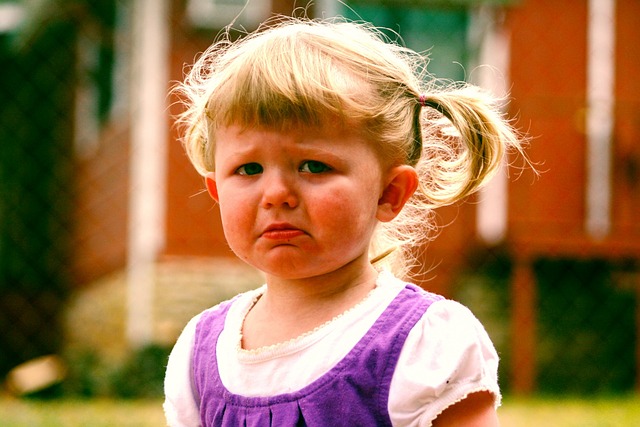Facial blushing: is it normal?
Rosie checked into a hotel for a weekend getaway with her partner. The hotel receptionist noticed it was Rosie’s birthday and said, “Welcome to our hotel. I see it’s your birthday tomorrow. HAPPY BIRTHDAY!” The nearby receptionist added his birthday wishes as did the people behind her. Rosie sheepishly thanked them. She was mortified of the attention. She was especially worried that everyone would notice her face, ears, and neck had turned a bright shade of red.
Rosie experienced a natural, involuntary physiological response known as blushing. Charles Darwin described the experience of reddening of the face (especially the cheeks), ears, and neck brought on by the “thinking of what others think of us.” Blushing is a psychological experience paired with embarrassment and disruption of mental functioning. Flushing, on the other hand, is the reddening of the face caused by heat, alcohol, or dermatological conditions such as rosacea.
When blushing becomes a problem
Blushing is a normal and common human experience when feeling embarrassed or being the center of attention. Most people will experience it and move on without paying it much attention. For others, the experience can lead to extreme distress and vocational, academic, and social impairment. Rosie experienced extreme distress. If she began to regularly avoid important situations because of the fear of blushing, mental health professionals would then classify it as a disorder.
The phenomena of avoidance, distress and functional impairment related to blushing is a performance anxiety and falls under the broader social anxiety disorder spectrum. The fear of embarrassment, negative evaluation, or judgment is a common feature in social anxiety. While roughly 13% of individuals will meet the criteria of social anxiety disorder (at some point in their lives), about 50% of people diagnosed with SAD report blushing excessively.
It started with our primordial ancestors
Evolutionary psychologists believe that blushing serves a social function. To maintain social inclusion members of the group must display modesty and convey that the person is not brazen or shameless. Blushing softens the negative evaluation from others in the group when a member has done something embarrassing or has become the center of attention. Ironically, people with disordered blushing have a misappraisal of this experience. Instead of viewing it as the softening of negative evaluation, blushers view it as an occasion to be judged for being flawed. Crozier, (2010)

What to do about blushing?
Sufferers of debilitating blushing can use strategies from cognitive behavioral therapy (CBT) to help manage distress associated with blushing.
1. Educate yourself. Learn more about the blushing cycle. Remember that blushing is normal. Focusing on the perceived negative consequence of blushing can have the paradoxical effect of worsening the reddening of your face.
2. Write down your thoughts. After a blushing event, write down the thoughts that went through your mind. Some examples are: “I felt so stupid for blushing. They must have thought I had something to hide. It showed that I was weak and lacking in confidence.”
3. Reframe. When thoughts go through our heads, we tend to take them as facts. Look for evidence that supports and that does not support the beliefs. Ask yourself, “how would I cope with the worst thing happening?”
4. Experiment. Discomfort leads to avoidance. Avoidance leads to missed opportunities for learning. Conduct experiments to test out the feared outcome. Simulate blushing by exerting yourself excessively to the point of getting a red face or apply cosmetic make-up to your face. Start with very easy situations where the consequences are minimal. Ask yourself if your feared outcome occurred. Next, try with harder situations.
5. Practice self-compassion. Be gentle and accepting of your shortcomings. Blushing is only one small facet of yourself. Rather than beating yourself up for blushing, hold it as uniqueness and worthy of gentleness. Lighten the grip you hold about yourself and blushing. Breathe in acceptance. Breathe out resistance.
6. Defend yourself. Develop a canned response to give to others who you believe will judge your blushing. “There I go again, my face going red is a sign that I really care about the subject at hand. I do this when I’m passionate about something.” Rehearse the assertive responses over and over until they feel second nature.
Rosie felt horrible about the response to unwanted attention at the front desk. But blushing is a normal and helpful human experience. Using the strategies highlighted, Rosie can work on coping with the effects of blushing. Over time, the blushing may reduce since she’s less focused on it. Nonetheless, the key is developing coping skills in the light of blushing. Well-trained CBT therapists can help you apply the strategies described previously, should you need professional help.
Written by,
John Montopoli, LMFT, LPCC
National Social Anxiety Center – San Francisco
References:
Crozier, R. (2010), “The Puzzle of Blushing”, The Psychologist, Vol 23. No 5, May 2010, pp. 390–393.











